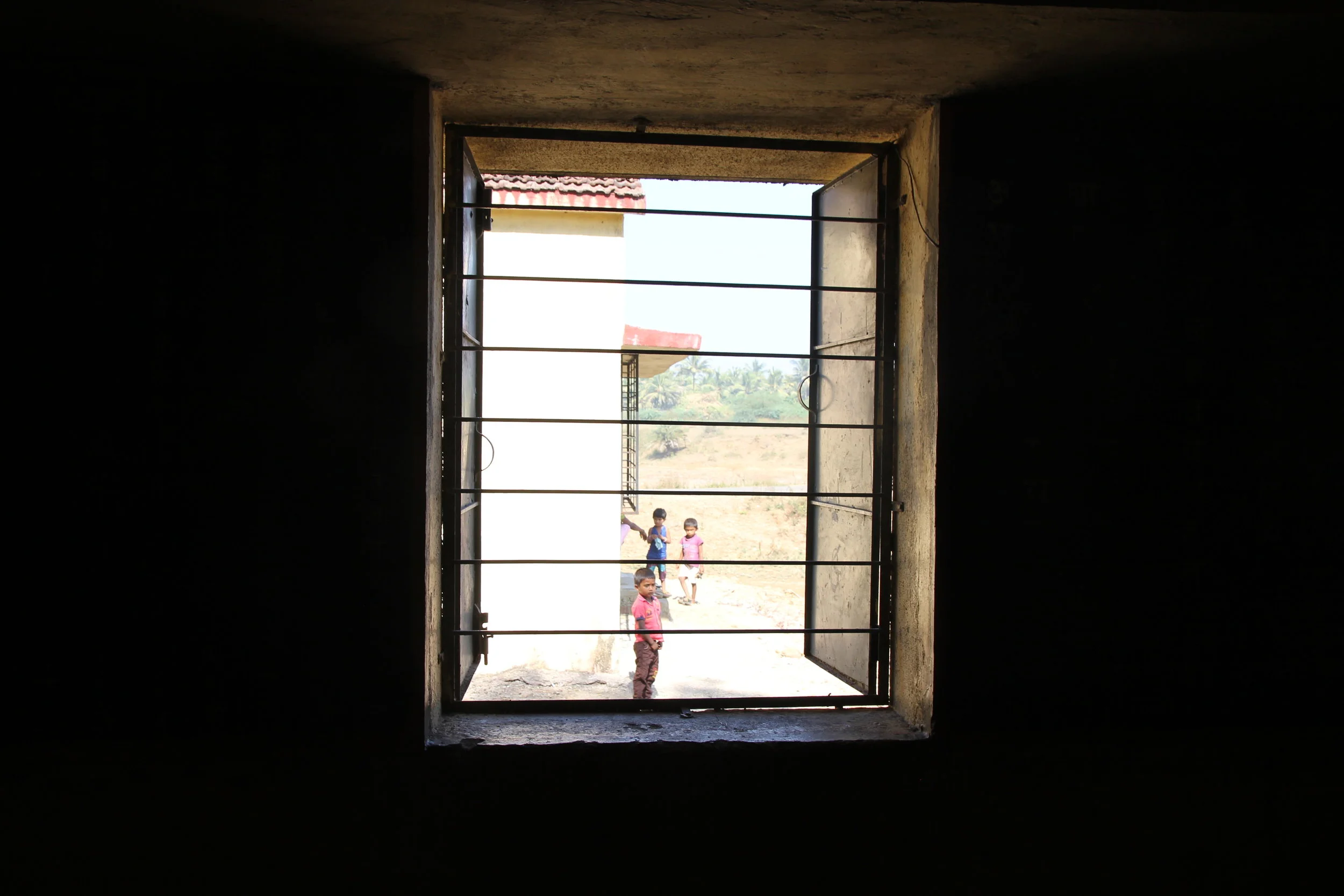


Anusaya Padaval is about to work in a rice field in a little hamlet of the Tamkhind village. There are 7 primary tribal Adivasi groups in Palghar, with Varli being the largest of them.



Adivasi is a term for indigenous populations that have existed before other communities. These girls are from a school in an Adivasi area in the Palghar district.


A woman comes back from the streams with water for her family.

A neighborhood child locks eyes with lens.

Throughout the day, we visited several small ZP government schools. We interacted with the children and gave them school bags filled with basic supplies like pens and paper.

Every time I took out my camera, the villagers would run away laughing. Not these kids. They just stared back, defiantly.

Lalita's 3-year-old son will definitely receive an education because of the positive impact it has had on his family, she said.


Young girls collect water for their families from a pond that fills up with water after the rain hits the village. This water is usually not clean, yet people walk to and from the pond to bring water back home, as there are no other facilities nearby.

"Destruction is happening in the name of development," says Sanjana Mankar, head of the village council in Tamkhind. "New constructions and developments are destroying the nature, which in turn disrupts the Adivasi community."


Before distribution, the children would sing songs and recite poems.

A young girl walks to school.


Four junior-school girls giggle at the camera. Today I spent the day helping a local company and non-profit distribute school supplies to schools in the Palghar district.

A girl sits outside her school, waiting to go home.
























